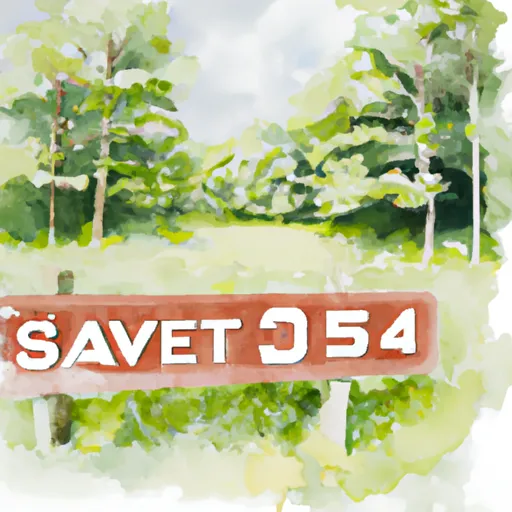°F
°F
mph
Windspeed
%
Humidity











Leetonia is a small village located in Columbiana County, Ohio. The climate in Leetonia is characterized by cold winters and warm summers. Average winter temperatures range from the low 20s to mid-30s (°F), while summer temperatures range from the low 60s to mid-80s (°F). The area receives approximately 40 inches of rainfall annually.
Leetonia is surrounded by the beautiful Ohio countryside, with several water bodies nearby. The Sandy Creek flows through the village, providing a serene environment for fishing and boating enthusiasts. Additionally, the nearby Beaver Creek State Park offers various outdoor recreational opportunities. The park spans over 2,700 acres and features a lake, hiking trails, camping sites, and picnic areas. Visitors can enjoy fishing, swimming, kayaking, and wildlife observation.
For nature lovers, Leetonia is also close to the Mill Creek Wildlife Sanctuary, where visitors can explore diverse ecosystems, observe native bird species, and take part in educational programs.
In summary, Leetonia, Ohio, offers a pleasant climate, access to water bodies like Sandy Creek, and proximity to outdoor recreation opportunities at Beaver Creek State Park and Mill Creek Wildlife Sanctuary.
Weather Forecast
Leetonia receives approximately 1003mm of rain per year, with humidity levels near 81% and air temperatures averaging around 10°C. Leetonia has a plant hardyness factor of 6, meaning plants and agriculture in this region thrive during a short period during spring and early summer. Most plants will die off during the colder winter months.
Regional Streamflow Levels
24
Cubic Feet Per Second
105
Cubic Feet Per Second
14
Cubic Feet Per Second
5
Cubic Feet Per Second
Nearby Camping
| Camping Area | Reservations | Toilets | Showers |
|---|---|---|---|
| Pymatuning State Park | |||
| Beaver Creek State Park | |||
| Tomlinson Run State Park | |||
| Geneva State Park | |||
| Village Green | |||
| Guilford Lake State Park |



